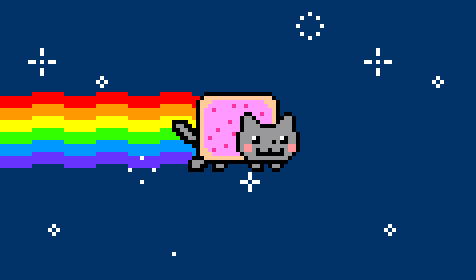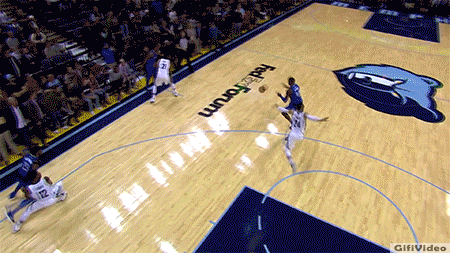Cryptocurrency is rising to disrupt world industries
- the Art Industry
Blockchain technology has penetrated the art industry, creating marketplaces for artists and collectors. Before we understand how cryptocurrency is pushing the future development of the 21st century art industry, we must first understand what an NFT is.
Non-fungible token
Non-fungible token is a cryptographic token, but unlike cryptocurrencies, they are non-fungible. Simply put, Non-fungible tokens (NFT) are digital assets that are unique.
What are some examples?
Meet Nyancat, He's half cat, half Pop-Tart. The GIF of the rainbow-casting feline was a viral meme back in 2011.
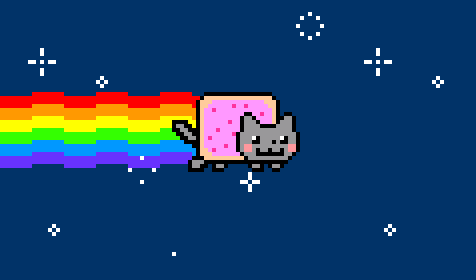
Chris Torres, the creator of Nyan Cat sold the original GIF at an online auction for 300 Ether, which was equivalent to about $600,000.

Beeple's artwork further pushed non-fungible tokens into the global spotlight after selling for over 69million dollars at a Christie's auction, bringing massive attention to these NFTs.
These astronomical prices have been ridiculed by outside observers as critics may claim these digital assets can be simply printed an infinite amount of times as they are digitally distributed.
However, it might not be that insane.
To understand why NFTs have value, it's really important for the public to understand these claims by its fans and users.

Exploring these bizarres
Auctions can give us a fantastic insight into how value is truly determined in a free market it is also a great lesson in what makes economies run efficiently
Most people have been getting wrong when explaining NFTs.
Fungibility is a word that refers to the equivalence or interchangeability of an asset or even a liability. The nature of fungibility itself gives NFTs its value. The economic value is determined when it is sold over or bided in a marketplace, similar to an artpiece.
Let's illustrate the classic example of a five dollar note
If someone offered you five one dollar notes for your single five dollar note. You'd be happy to trade.
This is because neither of those notes are worth any more or any less than any other collection of notes with an equal face value. The ability to trade any combination of notes with an equal value back and forth with one another is the essence of fungibility.
An asset can be classed as fungible or non-fungible on a fungibility spectrum. For simplicity let's say this spectrum is between 0 and ten with perfectly fungible goods being a zero and perfectly non-fungible goods being a ten.
Pure gold
Gold is the closest an asset can get to a perfectly fungible asset. This is because gold is an element. There is almost no way to prove that this bunch of gold is different to another bunch of gold atoms given the same quantity. It can always be melted into a perfectly indistinguishable store of value
However, there exist times where people want assets to be as non-fungible as possible.

Pokemon cards
Diving into the world of pokemon cards trading. A first generation charizard has a lot of the same characteristics as a fungible currency; A first generation charizard should be exchangeable for another first generation charizard, right? Well, no.
Although both of these cards look exactly the same and have the same function.
They are not in the same physical condition.
A card with a perfect physical condition can be multiple times more expensive than a card that is not.
This characteristic explains the fungibility in the asset.
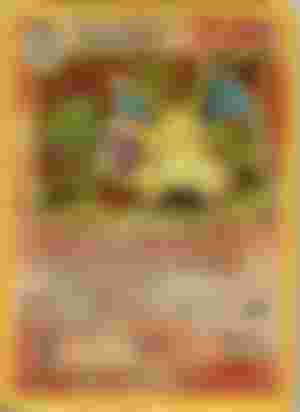
Collectors love the uniqueness of their particular item even if it was originally something that was mass produced.

Making non-fungible tokens, well, non-fungible.
NFTs' integrity can be verified
If you wanted to make sure that you were looking at the original Mona Lisa, it would be pretty easy to do so as the artwork is in the Louvre in Paris.
NFTs can verify themselves as the original as they create a public ledger in various blockchains which is capable of describing the creator of the original work, owners, source and much more.
This can help make sure the Nyan cat that we're currently looking at is the original one by verifying that the person showing them is the registered owner on the publicly available ledger. This record of ownership is what gives these digital records their astronomical values.
Types of NFT
NFT with an underlying asset
NFTs can be simply used to verify the authenticity of that asset.
Sales of an ownership with the NFT itself exclusively are the ones that are easy to understand. The underlying asset is what primarily determines the price of the NFT. The usage of these NFTs are merely a cool way to verify authenticity ownership of the art piece. The value really came from the ownership of the artwork.
NFT without an underlying asset
Non-asset backed NFTs are where things become a little weirder. Owners can't license the asset and they might not even be able to use it for themselves.
The NBA has had massive success with the rollout of their own NFT program. They allowed basketball fans to purchase tokens related to famous clips throughout the game's history.
The people who bought these tokens do not own the clips themselves they can't license them out.
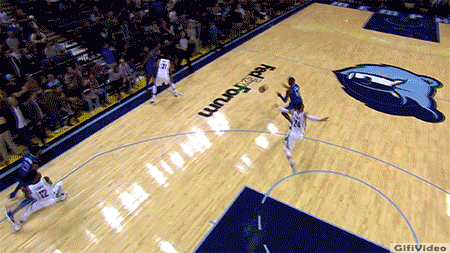
This will however make sense if you imagine yourself owning a basketball player card.
You don't own any rights to that player! You just own the rectangular card with the player on it that people think is cool.

Cryptocurrency, Blockchain, NFTs
NFT tokens were usually built on the Ethereum token standards blueprints. By doing so, software developers can easily deploy NFTs and ensure they’re compatible with the broader ecosystem. This means large decentralized auction houses and marketplaces can be created by implementing smart contracts.

For artists, their digital artworks can be sold on a marketplace with a global audience of buyers. All this can be done all the while without using an auction house which sucks away a great portion of the profits.
Many NFTs marketplace was also built on top of the Ethereum blockchain and uses Ether to transact with NFTs. These NFTs were assigned an economic value every time it is bided or sold as an amount of Ether.
Some marketplaces that sell NFTs on Ethereum blockchain
NFTs on the ethereum blockchain are minted and have a unique identifier which means they are fungible and cannot be directly interchangeable with other tokens.
For collectors
You can prove that you are the owner of an NFT.
You can resell the NFTs you currently own on the Ethereum blockchain.
You can hold it forever, resting comfortably on the Ethereum blockchain, fully secured.
For creators
You can prove that you're the creator of an NFT.
You can determine the scarcity of your piece of art.
You can earn royalties every time it's sold to another person.
You can sell it on any NFT market or peer-to-peer of your choice without any intermediate parties.
Smart contract on Ethereum
Ethereum can facilitate these transactions and hold a marketplace for NFTs due to the applicability of smart contracts on Ethereum. It can provide these benefits to NFTs and the NFTs marketplace.
Scarcity
Minting tokens is done by sending a transaction that creates new tokens inside of a token smart contract. Once created, each NFT will have a unique identifier (like a barcode), with only one owner. For example,
Contract Address
0x7c5aCF6dBD24c66e6FD44d4A4C3d7a2D955AAad2
Token ID
271591490641182374084401138590391610329438280765036749723088730655743501937331231
Token Name
I love this article so much!
Original Image
https://ilovenftsomuch.up.com/vote.jph
Original Creator
0x4c0b889B8f8607fdDe0607a63E28296919D47a0B
This creates the scarcity of the NFT. This information can all be publicly verified and therefore proved. This will then prove that the artwork itself is a scarce, one-of-a-kind artwork created by the artist.
Royalties
Some NFTs (depending on the creator and marketplace) will automatically pay out royalties to their creators when they're sold.
The entire process is completely automatic. Artists can just lay down and earn those good passive income as their work is being resold again, again and again. This is because NFT that has a royalty programmed into it, will automatically run the smart contract which has some specific terms and conditions determined by hard, cold codes to pay out a certain percentage of the resold amount back to the original creator.
All this is possible for NFTs as transaction token metadata are publicly verifiable. Ownership history, such as how many times the art is resold can be easily traced and verified. Therefore, it's nearly impossible to manipulate that data to "steal" ownership from the owner. Amazingly, this can even be done in peer-to-peer markets without needing platforms and markets that may take up some fraction of the profits.

Closing thoughts
With the recent hype going on in the art market, there will definitely be a bright future ahead where 21st century collectors pushed the development of NFT marketplaces and auction houses. This had already disturbed the traditional art market, creating a whole new way of trading unique art pieces. The development of cryptocurrencies already conquered the art market, and is on it's way to disrupt another industry.
Dear reader, thanks for reading till the end !
I am the writer of this article, Wee. I will be writing a series of articles where I describe (and document the history of) cryptocurrencies disrupting major industries in the world. This will be therefore be the third chapter of
The Rise of Cryptocurrency - Disrupting World Industries.
The rise of cryptocurrency in the Gambling Industry
